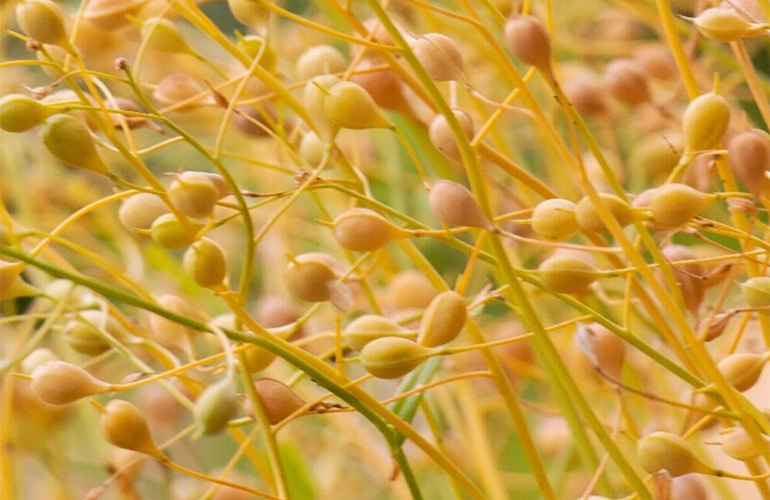Louis Dreyfus Company (LDC), a leading global merchant and processor of agricultural goods, and US-headed vertically integrated renewable fuels company Global Clean Energy Holdings, Inc. (GCE), have agreed to jointly promote the sustainable cultivation of Camelina sativa (camelina) in Argentina, Paraguay, and Uruguay.
New to local agriculture, this oilseed has a short production cycle that allows it to be incorporated into existing crop rotations as a cover crop while helping to preserve soil health prior to sowing summer crops such as corn or soy.
Strategic pairing
The strategic pairing underpins the expansion of Global Clean Energy’s camelina production activities to South America and reinforces LDC’s position as a supplier of choice for quality seeds among farmers in the region.
The addition of Global Clean Energy’s camelina varieties to LDC’s seed portfolio also represents another positive step in LDC’s global sustainability journey, as camelina oil is a feedstock for the production of renewable biofuels, thus contributing to the global energy transition, said Pablo Autilio, Global Head of Seeds at LDC.
Origination and processing
Under the agreement, LDC and GCE will work exclusively on the origination and processing of camelina in Argentina, Paraguay, and Uruguay.
Building on its existing production in North America and Europe, Global Clean Energy will manage seed breeding operations to improve camelina varieties in the region, supply camelina seed, and provide agronomic support to farmers participating in the program.
LDC will manage origination activities and contracts with farmers ensuring that all production has the corresponding sustainability certification, as well as post-harvest logistics and processing into meal and oil.
Camelina meal will be used in the production of animal feed while camelina oil will be processed into renewable fuels, which will ultimately reduce carbon emissions in transportation and aviation sectors in the region and around the world.
LDC and GCE representatives have already held six technical conferences with more than 200 agricultural producers in Argentina, sharing key crop characteristics and insights on crop management, as well as a commercial offer for the 2023 harvest.
GCE has been working on camelina breeding in North America and Europe for over 15 years. After testing 20 proprietary camelina varieties in Argentina over the last two years, Global Clean Energy has identified the best varieties to market in the region.
After years of development, we are excited to expand the commercial growth of our camelina business into South America through this agreement with LDC. Camelina represents a unique opportunity for the region to benefit from a crop that generates additional income on idle farmland during the winter, without displacing the main summer crops. Together with LDC, we expect this crop to generate additional revenues for the entire agricultural community in this region, while furthering clean fuel production and improving soil health in the process, said Richard Palmer, CEO of Global Clean Energy.




